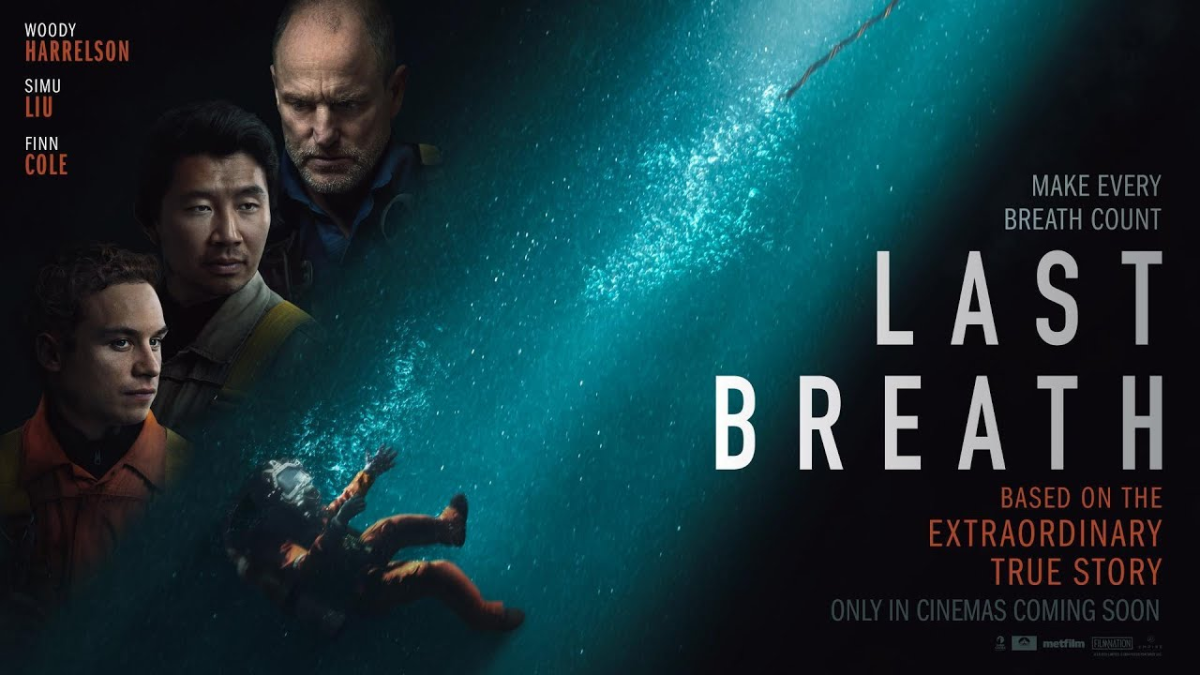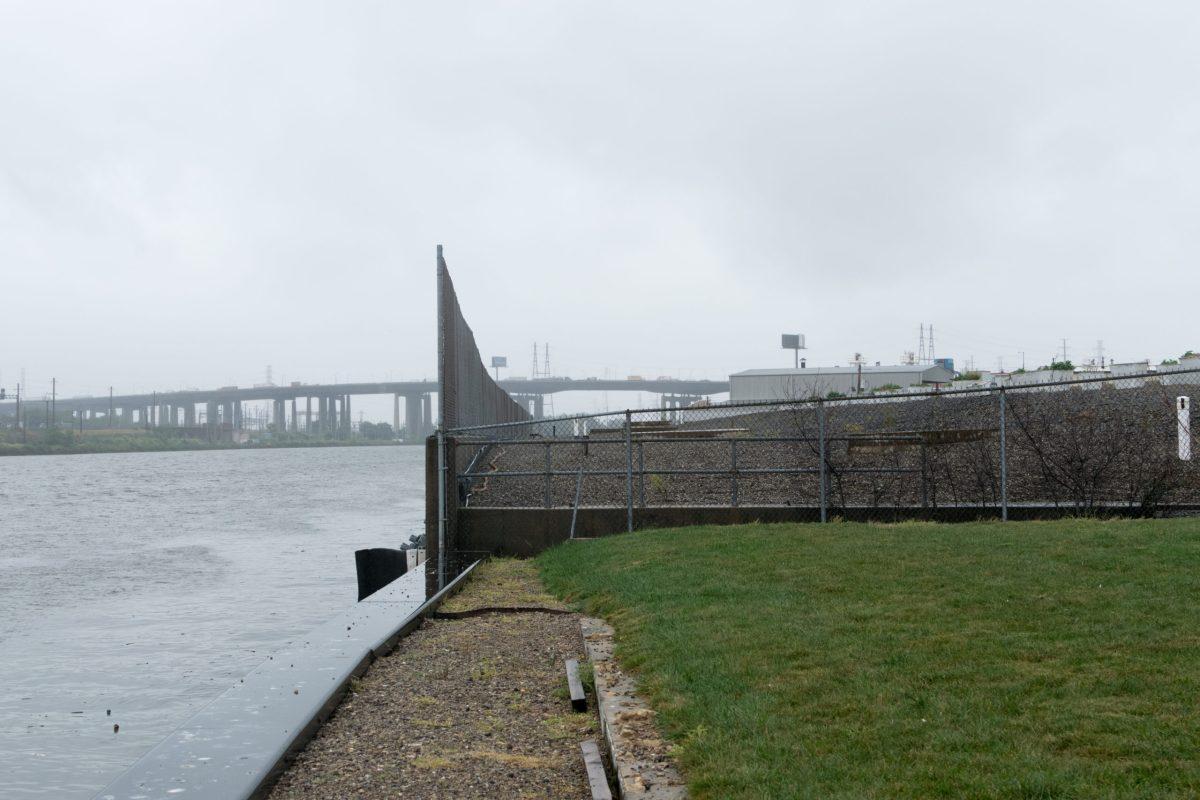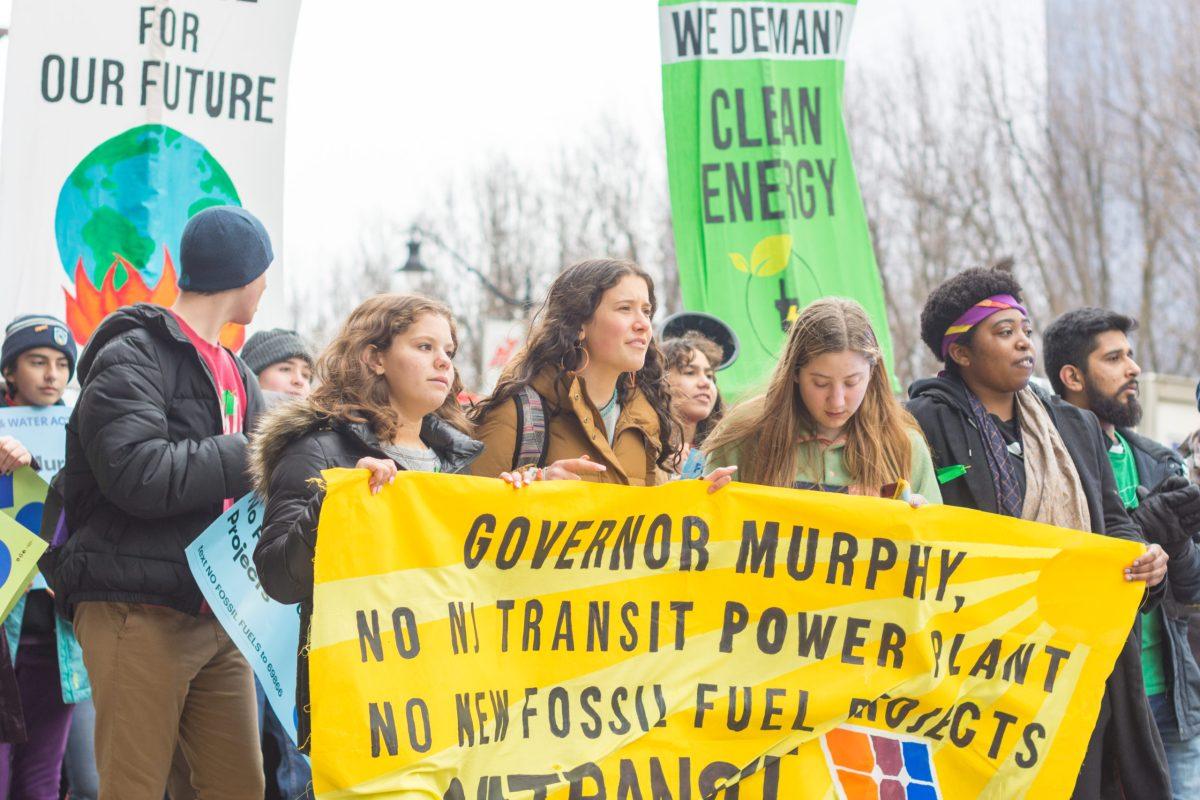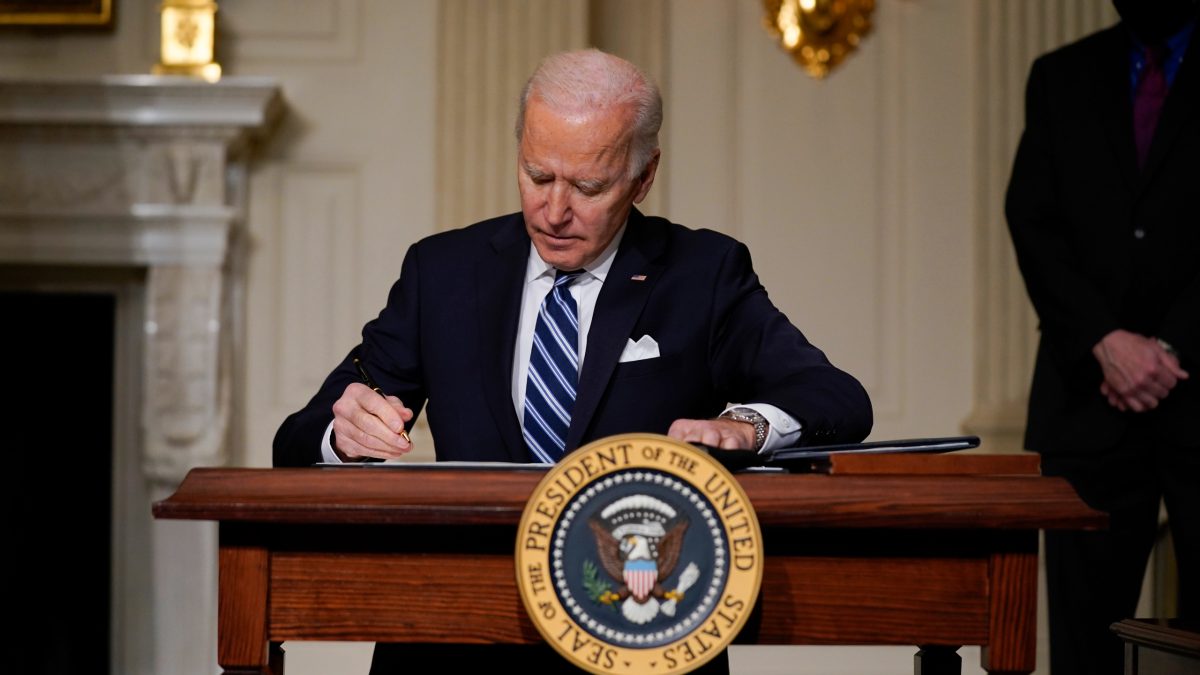[ngg_images source=”galleries” container_ids=”57″ display_type=”photocrati-nextgen_basic_thumbnails” override_thumbnail_settings=”0″ thumbnail_width=”120″ thumbnail_height=”90″ thumbnail_crop=”1″ images_per_page=”20″ number_of_columns=”0″ ajax_pagination=”0″ show_all_in_lightbox=”0″ use_imagebrowser_effect=”0″ show_slideshow_link=”1″ slideshow_link_text=”[Show as slideshow]” order_by=”sortorder” order_direction=”ASC” returns=”included” maximum_entity_count=”500″]
On December 8, 2017, the U.S. EPA Superfund Task Force released a list of the top 21 superfund sites to be remediated under the Trump administration. Superfund sites are the highest rank and priority that a toxic site can receive by the EPA. The Passaic River is included within this list as well as two other New Jersey sites.
The lower eight miles of the Passaic River runs through Newark and has had a long history of industrialization leading to pollution. According to the EPA’s profile of the river, the lower eight miles are classified as a superfund site because “dioxin, polychlorinated biphenyls (PCBs), metals, polycyclic aromatic hydrocarbons (PAHs) and pesticides were found in sediment in the Lower Passaic River.”
Dioxin, arguably the most toxic of the contaminants, is a byproduct of the synthesis of Agent Orange—a defoliant that removes tree cover and destroys crops—during the Vietnam war. Agent Orange and its carcinogenic byproduct was manufactured by the Diamond Alkali Company, and the production site in the Ironbound District has since been torn down.
The EPA has mandated a cleanup plan that would cost between $1.3-1.8 billion and remove 4-6 million cubic yards of sediment. The sediment would be transported out of state and a cap would be placed over the remaining soil in the river.
Sandra Meola, current Communications and Outreach Director for the NY/NJ Baykeeper, stated, “there are people that fish and crab for food to feed themselves, and they’re eating poisonous fish and crabs … this is the community’s river, they’ve suffered for decades.”
Over 100 companies that have been named are currently in legal dispute over what portion of the pollution they were responsible for, and thus what portion of the bill they will be left with. The Diamond Alkali Company, now split up into Maxus Energy Corporation, Occidental Chemical Corporation, and Tierra Solutions Inc., is being held accountable for much of the pollution.
However, Maxus Energy Corporation is a direct subsidiary of YPF, an Argentinian energy giant. Over the past few months, YPF has been pulling funds out of Maxus and recently filed for bankruptcy of the company. Thus, while the Argentinian company remains highly profitable, its subsidiary—which is responsible for funding the cleaning of the Passaic River—has been shut down.
Senators Cory Booker and Bob Menendez wrote a plea to Argentina’s Ambassador to the United States attempting to mediate the situation, stating “This bankruptcy filing left many in New Jersey with concerns about YPF’s role in the bankruptcy proceedings, and whether the filing is motivated by a desire to evade environmental cleanup liability.”
The Booker/Menendez letter shared the concern of many New Jerseyans, stating that “the community surrounding the Passaic River deserves full and comprehensive remediation and each responsible party should be held accountable to pay for it without further delay.”
This letter was sent on May 26, 2018, and no progress in this mediation has yet been reported.
Tarun Masimukku and Mahathi Mohangowda contributed to the reporting of this story.
Photo credits: Spencer Asral







































